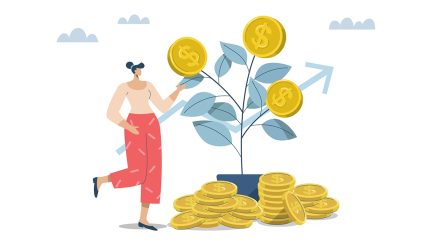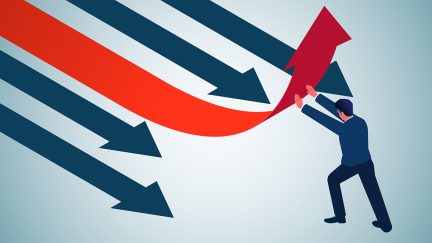For more stories like this, sign up for the PLANSPONSOR NEWSDash daily newsletter.
Stronger Economy, Weaker Savings
The seventh annual national survey assessing household saving—released by the Consumer Federation of America (CFA), America Saves, the American Savings Education Counsel, and the Employee Benefit Research Institute (EBRI)—finds most Americans continue to face significant personal savings challenges. When asked if they were making progress in meeting their savings needs, only about one-third (35%) of U.S. workers say they are making “good” or “excellent” progress. That compares with nearly two-thirds (63%) who report making either “fair” or “no” progress towards savings benchmarks.
Stephen Brobeck, executive director of CFA and a founder of America Saves, says the story of Americans’ retirement readiness is a story of thirds: Only about one-third of Americans are living within their means and think they are prepared for the long term financial future. Another one-third are living within their means but are not prepared for a long term future, the last one-third are struggling to cover expenses on a day-to-day basis. Brobeck adds that, while most Americas are meeting their immediate financial needs, many also say they are worse off than they were several years ago.
Results from the survey are not all negative, though. While only about one-third of Americans feel prepared for their long term financial future, a much larger percentage say they are at least paying their bills and saving a little. About two-thirds (68%) reported they are spending less than their income and saving the difference. This figure is up from 65% in 2013, though much lower than the 73% observed in 2010. In a conference call with reporters, the study authors pointed to a number of familiar causes for the downturn in savings rates, such as the lingering effects of the financial crisis and tepid job and wage growth.
Another positive result in the report shows nearly two-thirds of respondents (64%) say they “have sufficient emergency savings to pay for unexpected expenses like car repairs or a doctor visit,” and about three-quarters (76%) say they are reducing their consumer debt, or are consumer debt-free. These two numbers are about where they were last year, survey authors say, though they are lower than in 2010, when 71% said they had sufficient emergency savings and 79% said they were reducing consumer debt or were consumer debt-free.
The researchers say these numbers reveal the continuing struggles of the American middle class. While unemployment rates have come down, jobless and underemployment rates are still high compared with historic levels. More importantly, real wages have been stagnant for a long time, and fewer middle class families are building wealth successfully through home ownership. According to the survey, the proportion of workers who say they “are building equity in their home or other property” declined from about two-thirds (68%) in 2010 to little more than half (54%) this year. And the proportion of those homeowners who say they expect to pay off their mortgage debt before they retire fell from about four-fifths (78%) in 2010 to only about two-thirds (68%) today.
Dallas Salisbury, EBRI CEO and president, says another factor in this decline may be the decreasing percentages of workers who report having a written savings and spending plan in place. This year’s survey finds the proportion of workers with a “savings plan with specific goals” slipped to 51% in 2014, down from 55% in 2010 and 54% in 2013. In addition, the proportion of those with a spending plan which allows sufficient savings for adequate retirement income replacement declined from 46% 2010 to 40% in 2014.
This year’s survey also finds sharp differences in retirement readiness and income replacement adequacy exist between middle class households with incomes above and below the $50,000 level. For those with more than $50,000 in annual income, 82% of workers say they are able to spend less than their income and save the difference, while just 69% of those making less than $50,000 report the same. Similar gaps exist with workers’ ability to reduce consumer debt or start an emergency savings fund this year.
“The group hit the hardest by the Great Recession and its aftereffects have been moderate income households,” Brobeck explains. “The rest of the middle class was not damaged as severely, and lower income households were protected somewhat by the social safety net.”
Researchers timed their survey release to fall during America Saves Week, an annual event that brings together nearly 2000 government, business, and non-profit organizations to promote good savings behavior. America Saves, managed by the Consumer Federation of America (CFA), and the American Savings Education Council (ASEC), managed by EBRI, coordinate the effort.
More information about the survey and America Saves Week, is available at www.americasavesweek.org.
A free savings assessment tool developed alongside the study for America Saves Week is available here.


